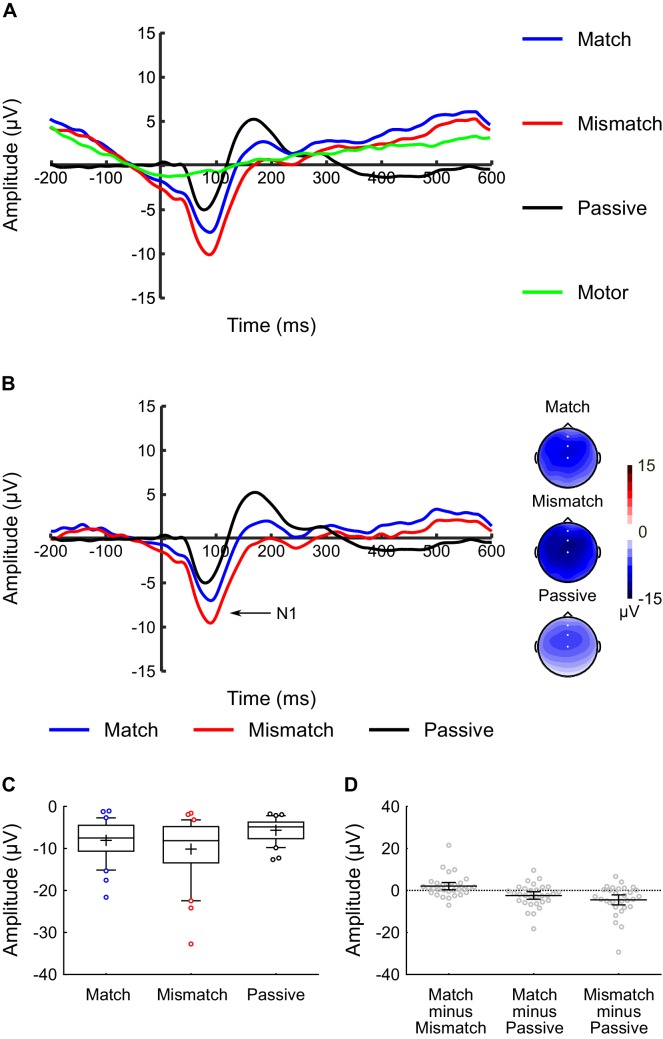Figure 5. Overt speech experiment: N1 component analysis.
The experimental protocol for the overt speech experiment was identical to the inner speech experiment except that participants were required to overtly (as opposed to covertly) vocalize the phoneme at the sound time. (A) Uncorrected waveforms showing the auditory-evoked potentials elicited by the audible phonemes in the Match condition (blue line), Mismatch condition (red line), and Passive condition (black line) in the overt speech experiment. The waveform for the motor-control condition is also shown (green line: in this condition participants overtly vocalized a phoneme at the sound-time, but no audible phoneme was delivered). The N1-component is labelled; the waveforms were averaged across electrodes FCz, Fz, and Cz, as these were the electrodes at which the N1 component was maximal. The waveforms are shown collapsed across audible phoneme (audible /BA/ and /BI/), and the waveforms for the Match, Mismatch, and Motor Control conditions are shown collapsed across vocalized phoneme (overt /ba/ and /bi/). (B) Motor-corrected waveforms showing the auditory-evoked potentials elicited by the audible phonemes in the Match condition (blue line), Mismatch condition (red line), and Passive condition (black line) in the overt speech experiment. The motor-corrected waveforms were generated by subtracting the activity generated in the motor-control condition from each participant’s Match, Mismatch, and Passive waveforms. Voltage maps are plotted separately for each condition; white dots illustrate the electrodes used in the analysis. (C) Box-and-whiskers plots showing the amplitude of the N1 component elicited by the audible phonemes in the Match, Mismatch, and Passive conditions in the overt speech experiment, using motor-corrected data for the Match and Mismatch conditions. The edges of the boxes represent the top and bottom quartiles, the horizontal stripe represents the median, the cross represents the mean, the whiskers represent the 9th and 91st percentiles, and the colored dots represent the participants whose raw data fell outside the range defined by the whiskers. (D) Scatterplots showing the within-subject difference scores (in terms of N1-amplitude) for the three contrasts-of-interest in the overt speech experiment; namely Match minus Mismatch, Match minus Passive, and Mismatch minus Passive. These difference scores were approximately normally distributed with no clear outliers. Each dot represents a single participant’s difference score. The horizontal bars represent the mean, and the error bars represent the 95% confidence interval.

